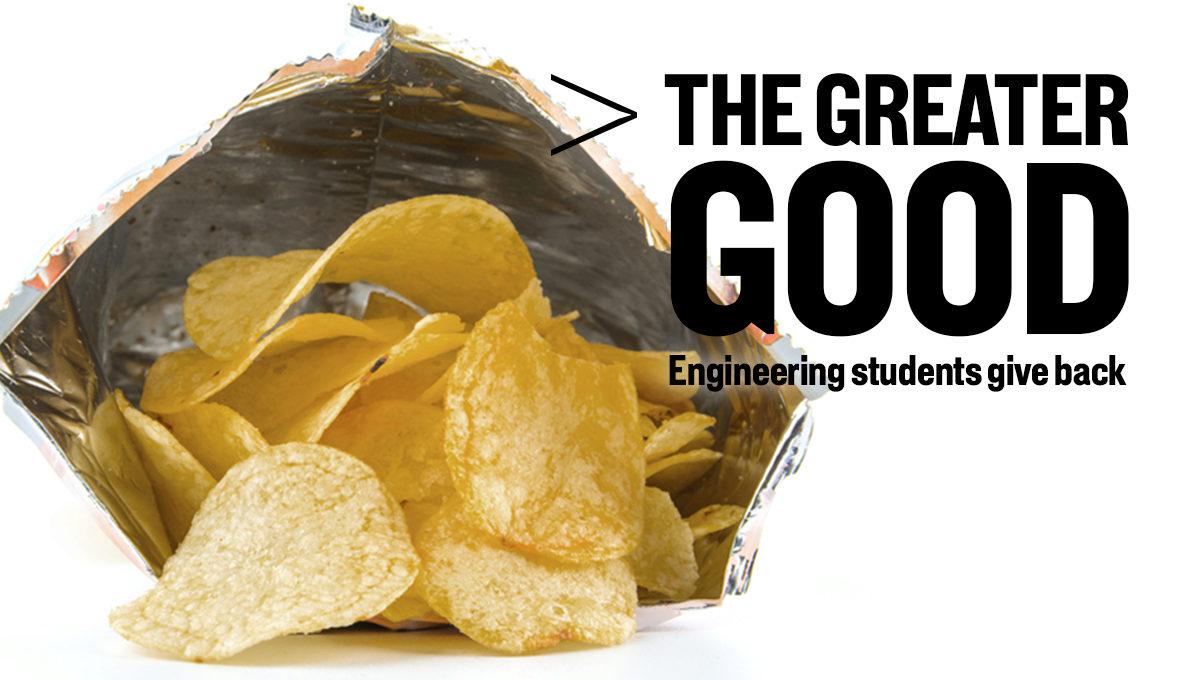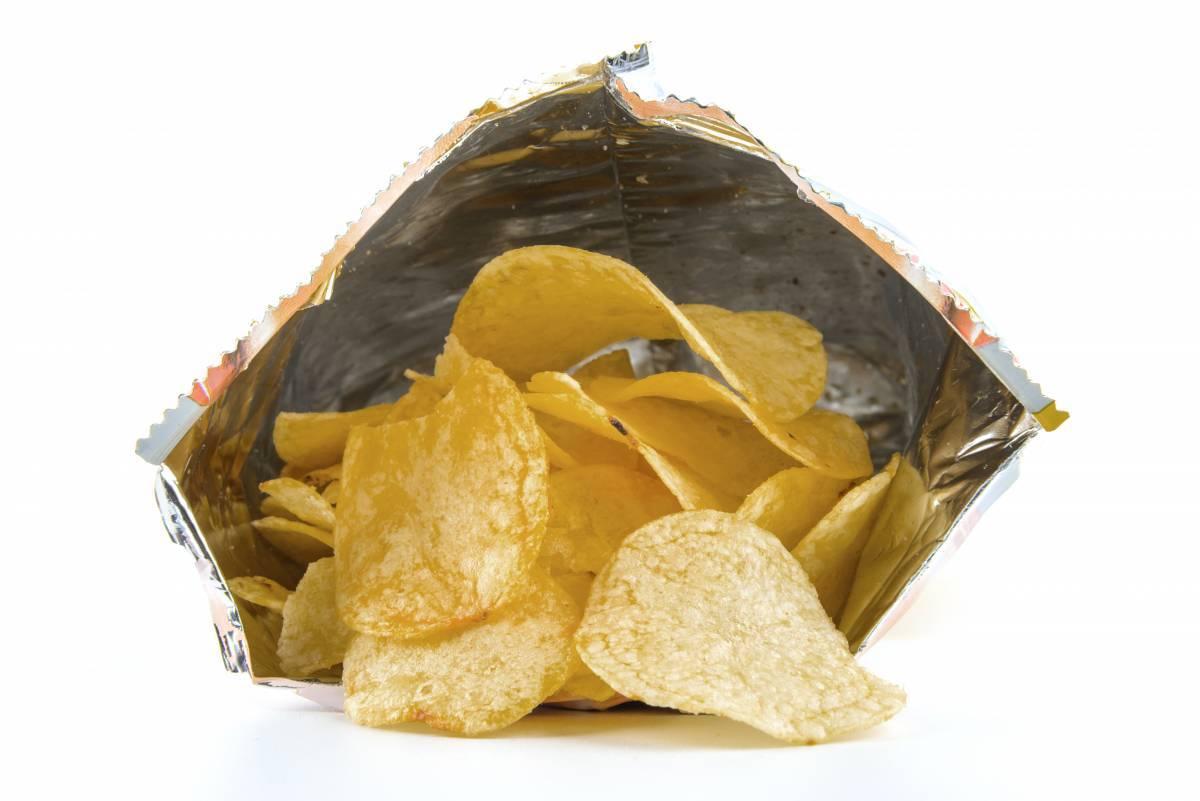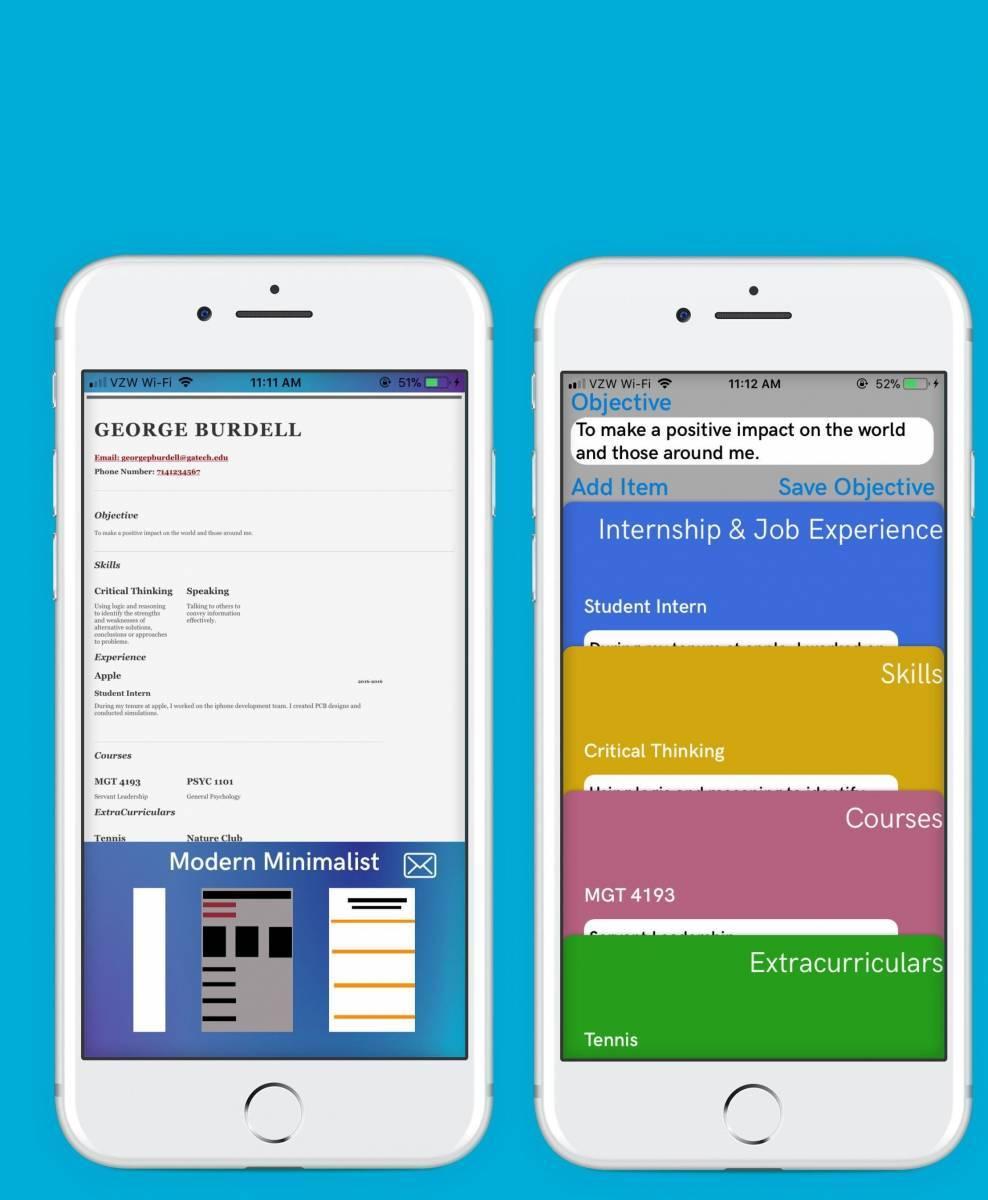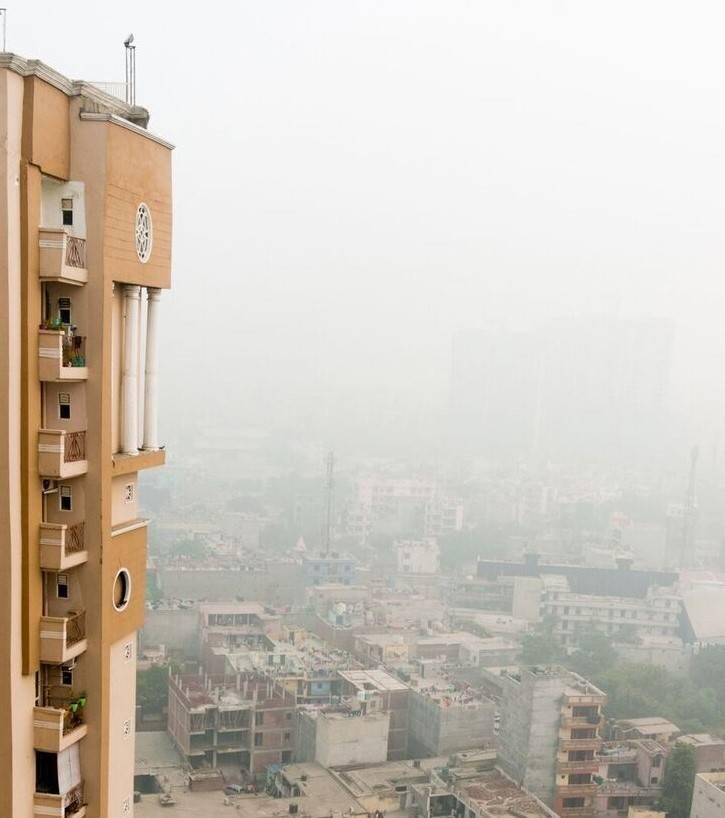Engineering students give back to communities across the world.

The last time Joy Harris visited the small rural village of Marsabit, Kenya, she looked out her window and saw villagers drinking out of the same pond as the animals. During flood season, this pond becomes further contaminated with human waste that washes down from the streets. Villagers scoop water out of the pond with buckets to take home for drinking, bathing and cooking. It’s an extremely unsanitary situation.
Harris immediately knew she wanted to develop a long-term solution to get clean water to people of Marsabit. It’s the perfect project for her Engineering for Social Innovation (ESI) students to take on. In the coming year, mechanical and materials science students plan to design a filter for the pond water that would make it safe to drink. Communities across Kenya will use the filters to access clean water, vastly improving their quality of life.
Water quality issues across Africa are just one type of problem that engineers at Tech are solving through ESI. Harris is the proud founder of the program and has a vision for it to give every student on campus the opportunity to use their skills for social impact.
“My students are very focused on making the world a better place for others, and if they can do that through engineering, it’s even better,” said Harris. “ESI is a way for me to create a clearinghouse, a hub for social impact opportunities for students.”
ESI provides many different opportunities for philanthropically-minded students to get involved and help those in need.

Spinning chip bags into gold (rope)
Streets littered with trash are a common occurrence and major problem in many parts of India. In fact, New Delhi has seen a 2,000% rise in tons of garbage produced in a day. So, Risabh Datta (Mechanical Engineering, 2019) and Fan Chen (Electrical Engineering, 2017) teamed up with Waste Ventures in New Delhi to find effective ways to recycle trash.
Chip bags and other food packaging are often made with metallized film, which is a major contributor to environmental damage, as there is no cost-effective way to fully recycle it. Datta and Chen decided to come up with a plan to repurpose the waste.
After examining the properties of the metallized film, the students realized that they could heat the material with something as simple as a curling iron and bind the material together to make a rope that can withstand hundreds of pounds of pressure. The rope can then be used for packaging, or to make waterproof tarps or thermal blankets.
“I’ve always been a strong advocate for sustainable environmental practices,” said Datta. “So, the prospect of being involved in a project with real environmental impact appealed to me. I enjoy working on open-ended problems that solve real-world issues and seeing the impact we can make on people's lives.”
The repurposed metallized film is highly versatile, with plenty of potential in poorer communities, where access to packaging, waterproofing or insulating materials is limited. Waste Ventures was highly optimistic about the prospect of teaching the local community to build their own rope, tarps and blankets from the chip bags, and estimated that the trash could solve common problems like water leakage faced by the community.
Datta and Chen hope the project will help clean up the streets of India and create a sustainable way for the local community to manufacture useful products.

Creating an EXCEL-lent resume
For individuals with intellectual and developmental disabilities (I/DD), writing a resume and keeping it up to date for job applications can be a daunting task. The Excel program at Georgia Tech’s Scheller College of Business has partnered with ESI to help I/DD students write resumes — a small part of its larger mission to provide career development and academic enrichment for I/DD individuals.
“Through Excel, I/DD students learn to be self-sufficient and develop skills that can be used for gainful employment,” said Rene Reese, career development coordinator, Excel Program. “We give students the chance to continue their education, become more independent, and earn certificates that set them up for success in the working world.”
Arya Mirshafii (Electrical and Computer Engineering, 2020) saw the opportunity to put his computer engineering skills to use to help the Excel program. According to Reese, resume writing is challenging for most college students, and for Excel students it’s even more difficult. With that in mind, Mirshafii created an app that allows users to input basic information like skills and job experience, and the app auto populates a formatted resume, along with personal and academic information received directly from Scheller. Anytime a user makes an update to the app, it automatically updates the resume as well, stored in Google Drive.
“I wrote the code for this app because I know how painstaking it is to update and reformat a resume,” said Mirshafii. “And if it’s hard for me, I figured it would be hard for others as well. I really like that I can apply my computer engineering skills to create an app that actually helps people.”
Mirshafii is also planning to create a system on Google Drive to allow Excel career counselors to access resumes and provide real-time feedback to students. The Excel app is already available in the App Store and will soon be on Google Play for Android devices.
“Excel students strive to be independent and self-sufficient, and tasks that require a higher level of critical thinking and writing skills are typically overwhelming and too often insurmountable,” said Reese. “So for us, the resume app complements our students’ desire to be independent and self-sufficient by simplifying the resume building process. It’s been invaluable for connecting students with employers and giving them the best shot at landing a job.”

Clean Air for India
In addition to trash, another major environmental issue in India is air pollution. Local traffic and factories emit microscopic cancerous particulate matter, making the air quality in New Delhi sometimes as bad as if a person smoked 44 cigarettes a day.
Growing up in Mumbai with asthma, Angad Daryani (Electrical and Computer Engineering, 2020) came to Georgia Tech motivated to study air purification. So, when he met Harris and joined ESI, it was only natural that he work to solve India’s air quality problem.
“In high school, I realized I wanted to solve big problems that impact millions of people,” said Daryani. “This has continued to be the drive behind my work to make India a cleaner, healthier place.”
In spring of 2018, Daryani invented an air purification prototype, which will sit in the middle of traffic circles throughout New Delhi. It’s an industrial-scale air filter that pulls in air and removes pollutants and carcinogens. A small model was created this summer and tested in Mumbai, and it worked.
Daryani is currently refining his product to a 20-foot cylindrical tower that sucks in air, separating pollutants in a five-phase, proprietary process. The tanks that collect the dust and carbon will only need to be emptied every one to two weeks.
The team is comprised of nearly 20 engineers and designers across many disciplines working to make his prototype a reality. He’s also been reaching out to independent investors, venture capital funds and angel investors to fund this project. He says he spends about 80 to 100 hours per week on the project.
“The biggest challenge in fundraising has been asking Indian companies for a $135k grant for research — it’s just not something they’re used to,” said Daryani. “Moreover, the investors are hesitant to invest in a company where the entire team is based out of the US.”
The next step will be to raise his Series A.
Currently, Daryani and team are working toward a market-ready prototype that includes an intelligent system based on sensor data that identifies high pollution areas. The industrial designers and mechanical engineers will ensure the design and structural integrity of the device. The chemical and electrical engineers will try to minimize all emissions and maximize efficiency. And the computer engineers will build the web platform that can speak to these devices. The goal is to have all of this completed by December 2018 and start scaled testing early next year.
Eventually, Daryani would like to have his air filters in different sizes, placed across India in cities with a high concentration of vehicles and industrial facilities. He hopes this will be the start to helping the people of India breathe cleaner, healthier air.

“In high school, I realized I wanted to solve big problems that impact millions of people,” said Daryani. “This has continued to be the drive behind my work to make India a cleaner, healthier place.”
Cars that can hear
In addition to the Excel app, Mirshafii again applied his electrical engineering skills to help disabled individuals. He’s developed a hearing car device that essentially gives an automobile the ability to hear (or sense) emergency vehicles approaching. Deaf drivers often struggle with knowing when to move over for ambulances and firetrucks. With the hearing car, they can see the location of the emergency vehicle in real-time.
The hearing device is an aftermarket product that can be attached to any car. It’s comprised of two circuit boxes (microcontrollers) placed on either side of the car that can detect frequency. The device connects with the driver’s smartphone, which can be mounted to the dashboard. The driver can then see a display that depicts the direction the emergency vehicle is coming from. It can even differentiate horns from sirens.
“I wrote the code for the microcontroller device in the car, as well as the app,” said Mirshafii. “We’ve been working with the Idaho School for the Deaf to develop this prototype and tweak it based on their needs.”
This fall, Mirshafii plans to refine the prototype and move it closer to a complete product. This will involve simplifying the electronics, circuitry and code for the microcontroller and updating the device from Bluetooth 2.0 to Bluetooth Low Energy to reduce energy consumption. He also wants to improve the iPhone and Android app user interfaces and make the code more efficient.
Mirshafii hopes to continue applying his coding skills for other projects in ESI that help individuals with disabilities.

Providing mission and purpose
The student projects within ESI touch many individuals from across the world. For Harris, the mission of the program is to give all engineering students a way to make a social impact.
“When I graduated from Tech, I felt that as an engineer, I wouldn’t be able to help people,” said Harris. “At least, that’s how it seemed. But the fact is that’s just not true. ESI helps us show students what they can do with their knowledge to help and empower others.”
Students today are coming to Tech with an even greater desire to give back, looking to do something relevant.
“I feel like being an engineer is being a problem solver, and ESI provided me with a platform to use my knowledge to solve problems that are impacting people’s lives,” said Chen. “The communities can really benefit from our help, and it makes me happy to see that my work has made a difference somehow.”
“I feel like being an engineer is being a problem solver, and Georgia Tech's ESI provided me with a platform to use my knowledge to solve problems that are impacting people’s lives.”